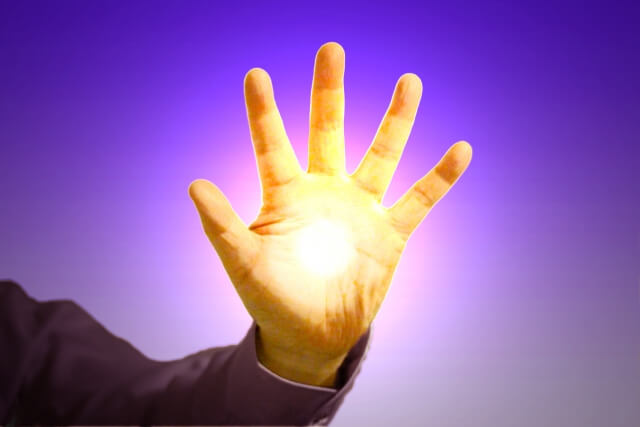
This is a true method for developing the amazing Reiki healing ability to cure any disease in just 5 days of training.
Kaiji Tomita was a Japanese man living in Osaka in Japan in the Taisho era (1912-1926).
Kaiji Tomita
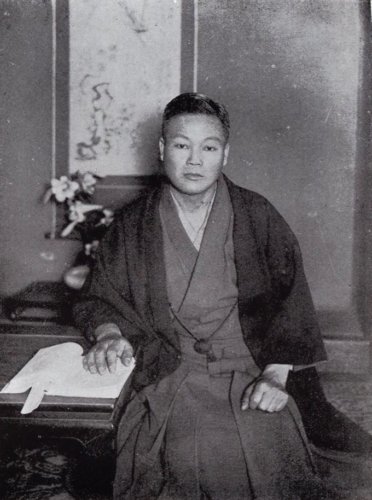
Tomita learned the original Reiki directly from Mikao Usui, the founder of Reiki at the Usui Reiki Ryoho Gakkai (Usui Reiki Therapy Society).
If you are interested in the details of the amazing life of Mikao Usui, the founder of Reiki, please click the link below.
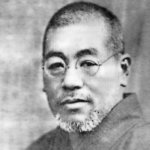
After that, in order to spread Reiki in Japan, Tomita opened his clinic in front of Ichioka Junior High School (the current Ichioka High School) in Minato-ku, Osaka, where he established the “Tomita Hand Healing.”
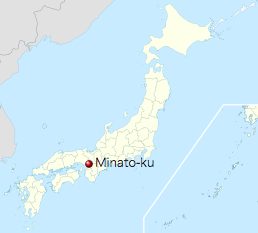
Source – Own work
Amazingly, Tomita gained a miraculous healing power to cure all kinds of diseases in only 10 hours of Reiki training.
If you are interested in the episode of Kaiji Tomita’s Reiki treatment shortly after he learned Reiki, please click the link below.
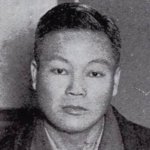
According to Tomita, such power is inherent in all humans, and anyone can acquire it if they train in the right procedures.
Unfortunately, Usui, the founder of Reiki, did not leave any writings on his own Reiki therapy, so it is not possible to know the details of how the Usui style Reiki therapy was actually practiced now.
However, Tomita described in considerable detail how to develop his Reiki healing abilities in his book “Reiki to Jinjutsu: Tomita-Style Hand Therapy” which was published in 1933.
In this post, I would like to introduce Kaiji Tomita’s method for developing amazing Reiki healing ability to cure any disease in just 5 days of training.
The Benefits of Learning Reiki Therapy in Today’s Medically Advanced Society
Reiki therapy is usually effective when used as an adjunct to medical care or to prevent disease and its recurrence.
By the way, some people may say that in this day and age of medical technology, alternative medicine such as Reiki therapy is unnecessary.
However, even in this day and age of advanced medical care, the significance of studying Reiki therapy is immeasurable.
The best feature of Reiki therapy is that it does not require any drugs or medical devices for treatment.
Your hands are the only tools you need for Reiki treatment.
Therefore, if you are a soldier or refugee, for example, learning Reiki therapy is very advantageous.
This is because you could end up in POW camps or concentration camps, and other horrible environments where medical facilities are poorly provided.
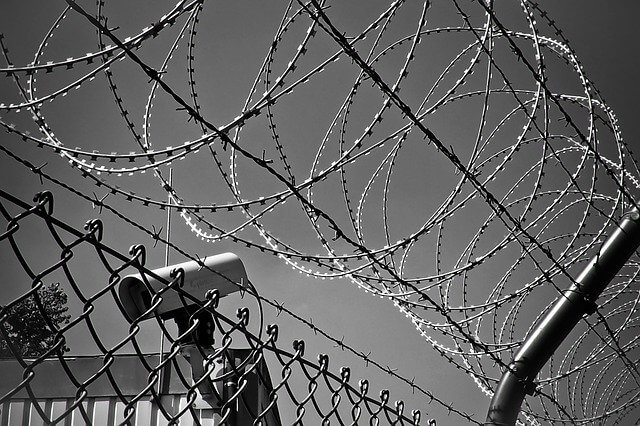
In such an environment, your knowledge of Reiki therapy will be the very difference between life and death for you.
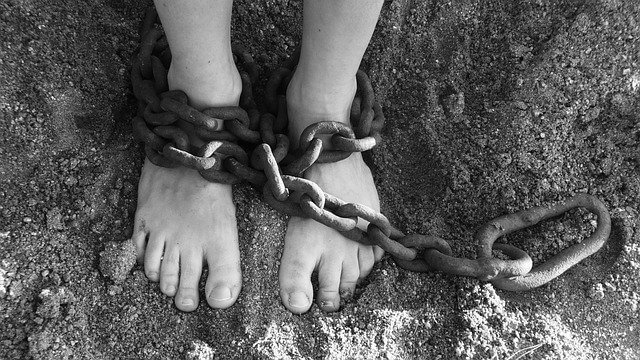
Also, if you can treat others with Reiki, your status in the camp would increase and you may receive food, drinks, etc. in exchange for treating others’ diseases, which would dramatically increase your chances of survival.
Reiki treatments would also be useful when disasters such as hurricanes and earthquakes prevent access to medical facilities, or when a pandemic paralyzes medical facilities and medical care is unavailable.
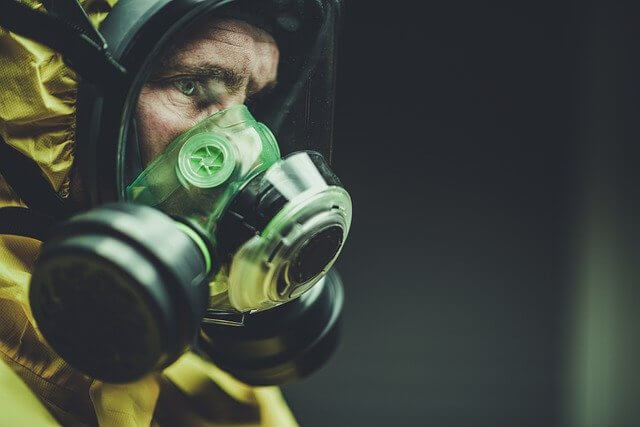
Also, if you are injured while climbing or camping, or even if you have an accident of any kind, Reiki therapy can be of great help.
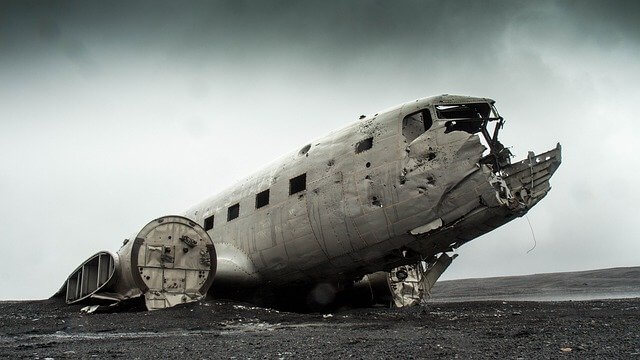
In addition, Kaiji Tomita’s Reiki therapy is particularly effective for people who are unable to access medical care due to rising costs, as anyone can do it at home if they learn the right techniques.
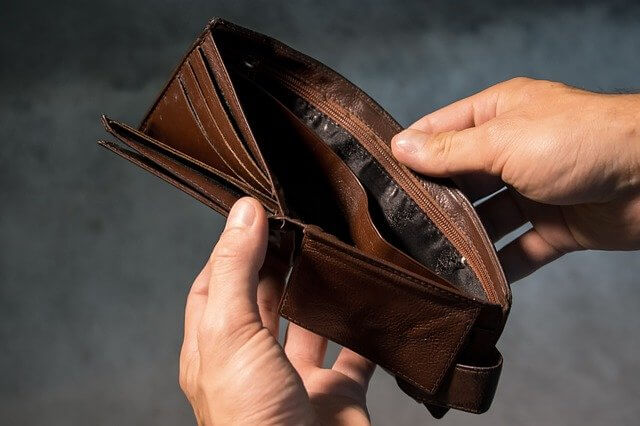
According to Tomita’s experience, the nature of Reiki treatment is that acute diseases can be cured quickly, while chronic diseases can take a longer time to heal, but there is always a positive effect of Reiki treatment on all diseases.
Of course, humans have a life span, so even Tomita’s Reiki treatment cannot save any person from a deadly disease.
Nevertheless, Reiki therapy is enormously effective in alleviating the suffering of such mortally ill people, even those who are terminally from which there is no hope of recovery.
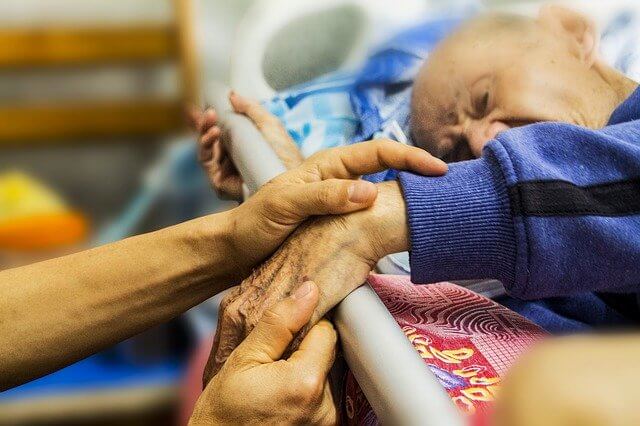
Is There Any Harm in Reiki Treatment?
As mentioned above, Reiki therapy has many wonderful benefits that anyone can perform Reiki treatments if you learn the right techniques, but is there any harm from treating others with Reiki?
In Kaiji Tomita’s Reiki therapy, the practitioner first makes a diagnosis of the disease based on a unique Reiki sensation (Byoukan) that they feel in the palm of their hand when they touch the sick person’s body.
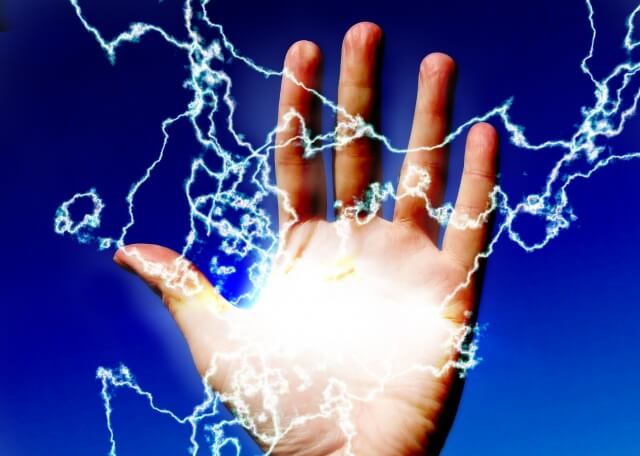
Specifically, the practitioner identifies two areas in the patient’s body based on Byoukan: the area where the symptoms of the disease appear (Byousho) and the area that is the source of the disease (Byoukon).
The practitioner then applies their hands daily to these Byousho and Byoukon to replenish the spiritual nutrients, or Reiki, necessary for the healing of the disease, thereby energizing the natural healing power of the sick person.
Thus, the essence of Tomita’s Reiki therapy is that the practitioner provides Byousho and Byoukon with spiritual nutrients (Reiki) to enhance the natural healing power of the sick person’s body and help the sick person’s own healing of the disease.
By the way, if you tried to feed a sick person, whose body is weak and has lost its appetite after many years of illness, the sick person’s body would not be able to digest such a large amount of food.
Similarly, even if the practitioner tries to give a large amount of Reiki to a sick person’s body at once, the sick person’s body will not be able to absorb such a large amount of Reiki.
Therefore, depending on the capacity of Reiki that the sick person’s body is capable of absorbing, the practitioner must continuously replenish Reiki by placing the hands on the sick person’s body daily.
According to Tomita’s experience, the capacity of the body to absorb Reiki varies greatly depending on the age and constitution of the sick person.
Therefore, due to the nature of Reiki mentioned above, the practitioner cannot treat the sick person’s disease at once, so it is of utmost importance that the practitioner continues to give Reiki to the sick person every day.
For example, suppose a robust child and a frail child both have measles and a practitioner treats these children the same way with Reiki therapy.
In this case, the robust child will usually have an elevated fever and exceed 40 degrees Celsius (104 degrees Fahrenheit), while the frail child will never exceed 38 degrees Celsius (about 100 degrees Fahrenheit).
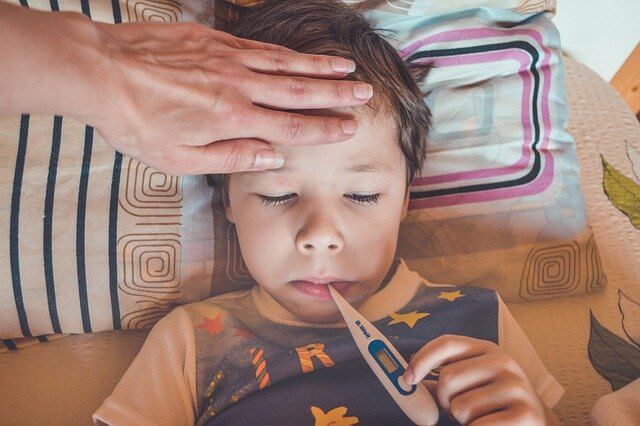
According to Tomita, this fever is due to the normal exothermic action that occurs in the natural healing process when the body absorbs Reiki, and in general, the measles heals after this fever occurs in Reiki treatment.
In other words, because the body of the robust child absorbs a lot of Reiki, it is more likely to generate heat as a healing response and thus heal more quickly.
On the other hand, the body of the frail child does not absorb very much Reiki and therefore is less likely to generate heat as a healing response, which in turn slows down the healing process.
This shows that the Reiki healing process is not dependent on the amount or intensity of Reiki emitted by the practitioner, but progresses according to the Reiki absorption capacity of the sick person.
Therefore, in contrast to qigong therapy, in which the practitioner treats a sick person by injecting qi into the body, Reiki therapy differs significantly from qigong in that the sick person’s body absorbs as much Reiki as it needs to heal itself, regardless of the amount or strength of Reiki released by the practitioner.
Tomita found the above facts to be true in his numerous Reiki treatment experiences.
Therefore, Reiki cannot be harmful because the body of the sick person absorbs only the amount of Reiki needed for natural healing.
The Combination of Conventional Medicine and Reiki Treatment
Tomita suggests some tips for the actual practice of Reiki therapy.
According to Tomita, it is better to treat the disease with a combination of conventional medicine and Reiki treatment.
There are many different types of treatment for diseases today, and each has its own advantages.
Therefore, you should not stick to Reiki therapy alone in curing the disease, but should also incorporate the advantages of conventional medicine.
It is safer and more reliable to treat the disease with appropriate conventional medicines, such as vaccines against viruses and bacteria, such as smallpox and diphtheria, and medications such as quinine hydrochloride against malaria.
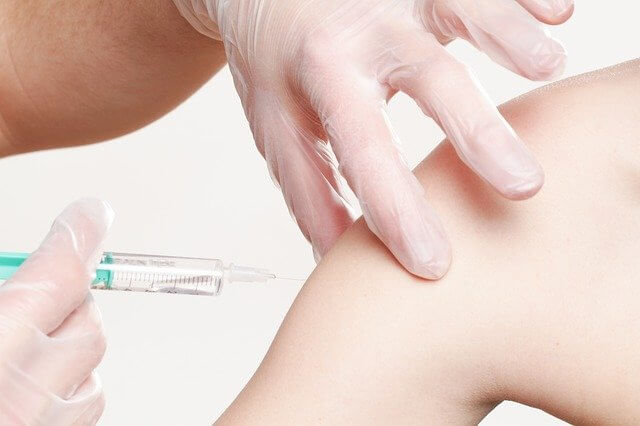
Specifically, if you have a cold, you should treat your cold with both cold medicine and Reiki therapy.
If your cold was cured in two days with both cold medicine and Reiki, whereas previously it had taken you ten days to cure your cold with cold medicine alone, this can be considered to be due to the effect of the natural healing power enhanced by Reiki.
And ideally, you should eventually be able to cure a cold without cold medicines, using only the natural healing power of Reiki.
Also, diseases that require surgical procedures must usually be treated by medical care.
However, before and after the operation, Reiki therapy can be effective.
The Difference Between Conventional Medicine and Tomita’s Reiki Therapy
In Kaiji Tomita’s Reiki therapy, the practitioner can learn the location of the sick person’s disease and the location of the source of the disease based on the Reiki sensation (Byoukan) in the palm of the hand when the practitioner touches the sick person’s body.
However, the practitioner cannot determine from Byoukan what the name of the disease is.
Nevertheless, the practitioner does not need to know the name of the disease, as long as the practitioner knows what is wrong with the sick person’s body, it is sufficient for Reiki treatment.
For example, if the practitioner knows that the sick person’s stomach is bad based on Byoukan, the practitioner can then treat Reiki by placing the hand on the stomach.
In this case, in order to treat the sick person with Reiki, the practitioner does not need to know, much less identify, the name of the disease, such as gastric cancer, gastroparesis, or gastric dilatation.
The major difference between conventional medicine and Tomita’s Reiki therapy is that conventional medicine is a symptomatic treatment that eliminates the superficial symptoms that appear on the body of a sick person, while Reiki therapy is a treatment that identifies the cause of the disease that has caused the symptoms and resolves the root cause of the disease.
(Continue to “How to Completely Master Amazing Reiki Therapy in Just 5 Days of Training” [Part 8])
Reference
- Kaiji Tomita (February 1933). “Reiki To Jinjutsu: Tomita-Style Hand Therapy.”
Published on November 21, 2020
Written by OTAKUPAPA

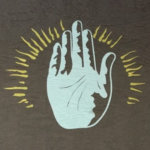
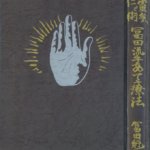
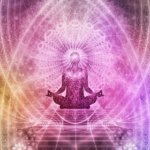
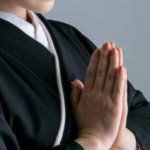
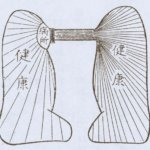
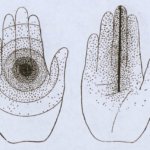
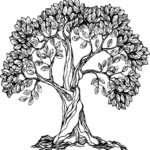
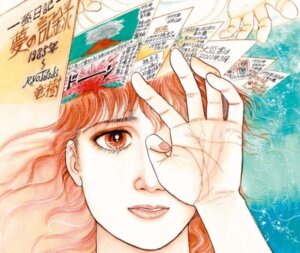
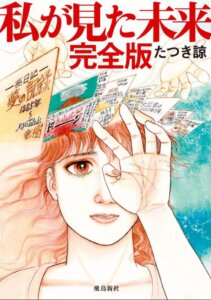
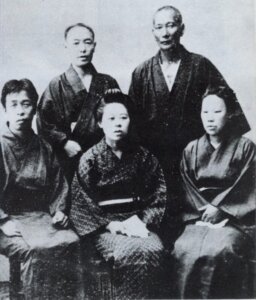
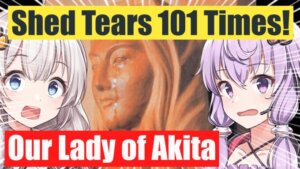
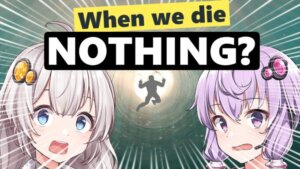
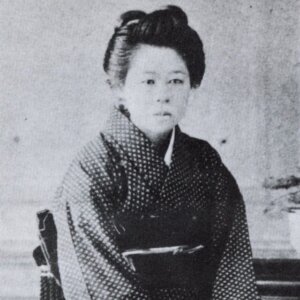
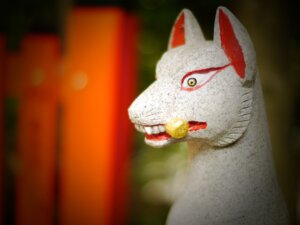
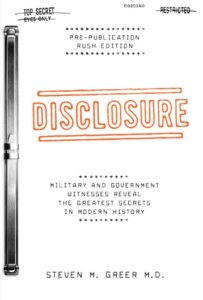
Comments